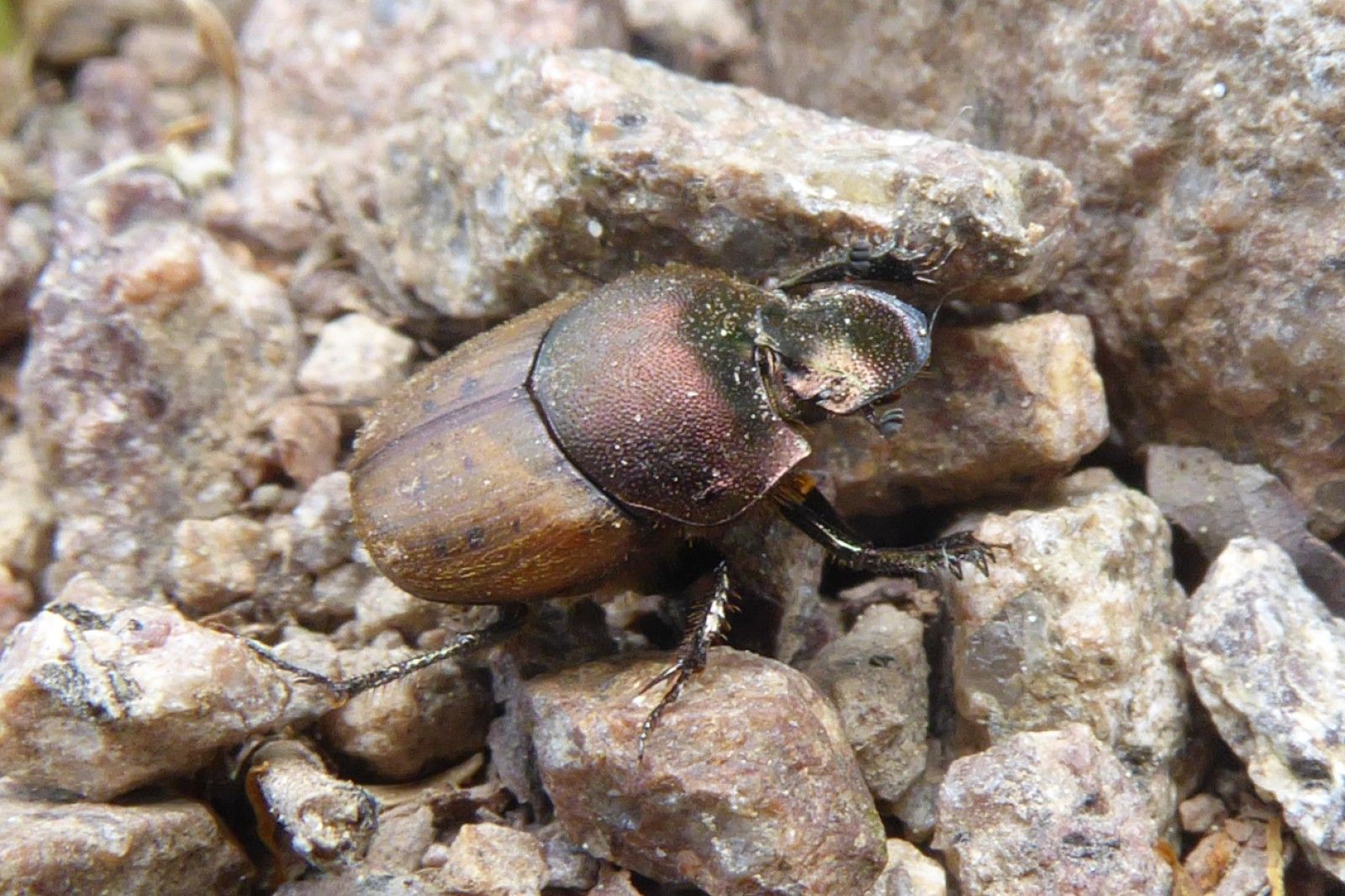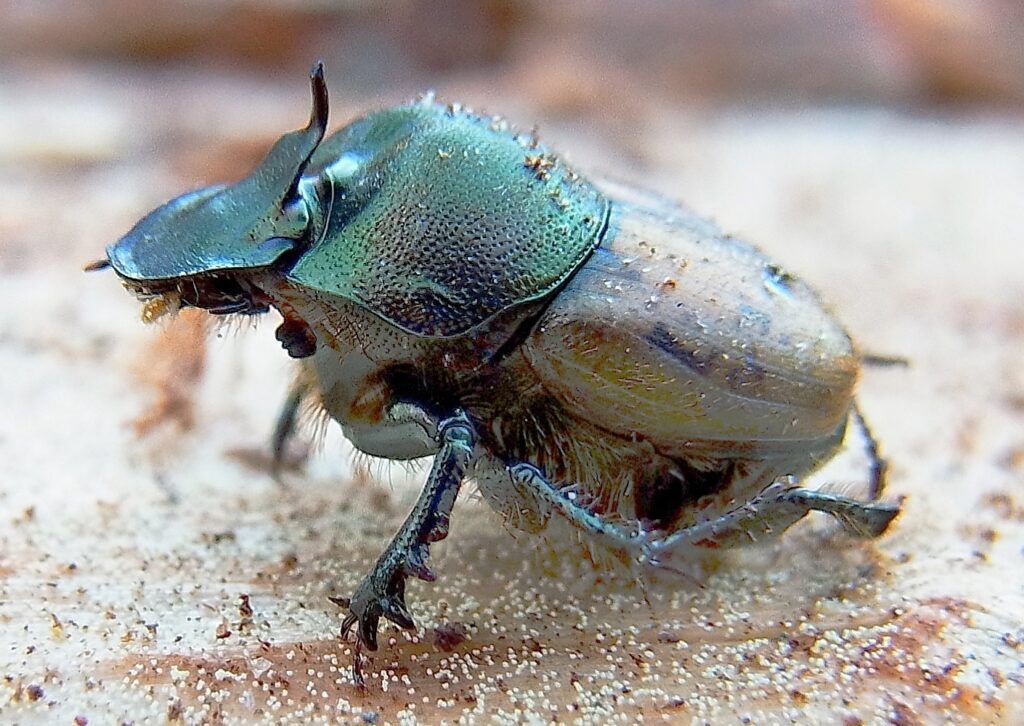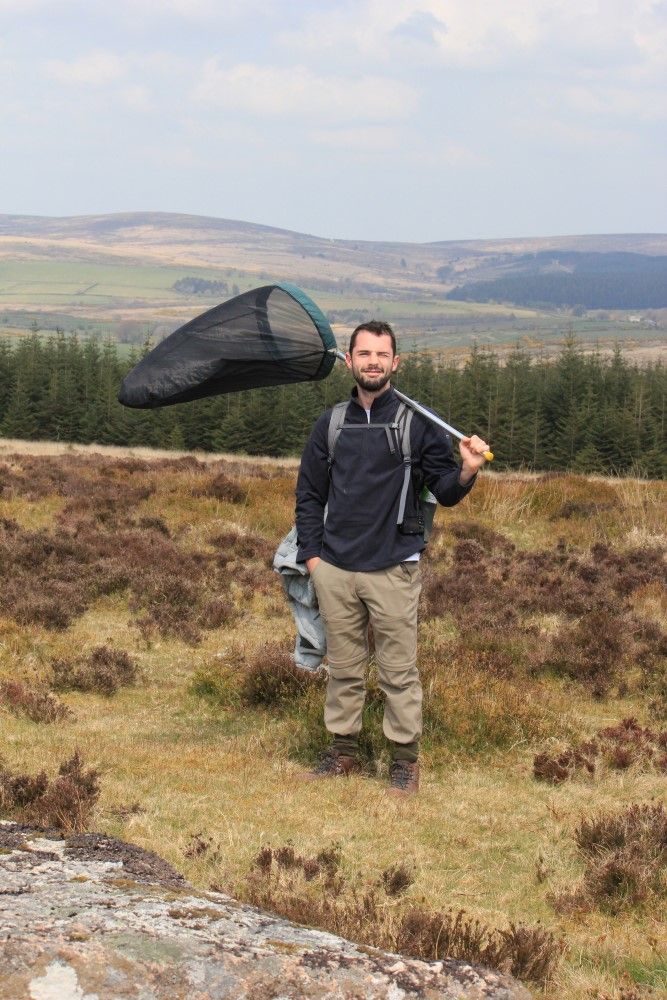Digging for dung beetles

Dung beetles have been around since the time of the dinosaurs and are the clear up crew of our natural spaces but they're now in sharp decline.
Using citizen science records and museum specimens to map range changes in dung beetles
You may not notice, or even think about them, as you walk through our countryside. But its thanks to dung beetles that we aren’t up to our knees in, well….dung. Dung beetles have been around since the time of the dinosaurs and are the clear up crew of our natural spaces. They’re specialists in consuming and breaking up dung and we can use them as bioindicators of the quality of ecosystems. They perform a number of functions in our ecosystems that make them really important in conservation, ecosystem functioning and even the UK economy. They’re estimated to save the UK economy a staggering £367 million per year by improving cattle pasture.
Services provided by our great British dung beetles:
- Dung removal – removal of dung reduces the area of spoilt pasture
- Recycling nutrients and fertilizing soil
- Carbon sequestration by burying dung in the soil
- Suppression of parasites and disease that live in dung
- Soil aeration through digging tunnels which increases water retention
- Secondary seed dispersal by moving and burying dung
- Important food source for many animal species
- Pollination
But worryingly our dung beetles are under threat. Habitat loss and the increased use of pesticides and wormers used on livestock are the main factors driving their decline. Six out of the nine species of Scarabaeinae (true dung beetles) in the UK are listed as Vulnerable or Critically Endangered, and five are listed as Nationally Rare.
Our new Intern, Will Bayfield-Farrell is tracking the decline of dung beetles across the UK, using historic specimens from the Natural History Museum’s collection. He’ll map their historic range and compare this with their current distribution (which will be established from current records and citizen science data). Will hopes to identify their major areas of decline and the potential causes.
Citizen science
Citizen science has proved to be a very useful tool for monitoring many species in the UK, including birds and butterflies. But less so for dung beetles. A humble group, usually only found by sifting through dung, it’s fair to say they’re less popular to survey for most people! The number of citizen science records for Scarabaeinae is relatively low and many of these records remain unidentified. By analysing records of Scarabaeinae from iNaturalist, Will can assess the effectiveness of citizen science in producing data for these species.
Museum collections
The Coleoptera collection at the Natural History Museum is one of the most valuable scientific collections in the world with over 10 million specimens, many of which date back to the 1700s. By analysing the museum’s historic collection of Scarabaeinae, Will can gather data and map the distribution of dung beetles in the UK from over 100 years ago. This will provide a useful insight into the decline of their distribution in recent decades. What an exciting opportunity to handle specimens dug out of ancient dung and uncover the history of dung beetles in the UK!

Thank you to the Elgol Fund for Nature for their generous support of our internship programme.


